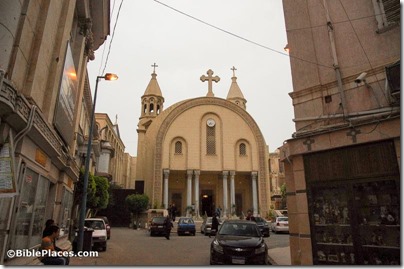A mosaic discovered near Nicosia, Cyprus, depicts scenes from a chariot race.
Archaeologists working in Rome discovered a 3rd-century building that apparently burned down with a dog inside.
One artist has envisioned the ancient Roman road system as a modern metro map. But see Mark Hoffman’s quibbles.
The Spatial History Project at Stanford University is documenting how Rome has changed over the centuries.
Carl Rasmussen recently visited Miniatürk, a park that displays 131 models of structures in Turkey.
The “gateway to hell” at Hierapolis has “moved” in recent years. Carl Rasmussen explains.
Mark Hoffman notes that Athens has now received photo-realistic 3D treatment in Google Earth.
A first-century AD statue of Zeus Enthroned will be returned by the Getty Museum to Italy.
The Vatican Apostolic Library has released the first issue of a new newsletter, “Online Window into the Library.”
“Noah’s Beasts: Sculpted Animals from Ancient Mesopotamia” is a new exhibit at the Morgan
Library and Museum in NYC.
Liberty Museum’s Biblical Museum has added to its collection the armor of a Roman soldier used in Ben Hur and Julius Caesar.
The tables of contents are online for the May issue of BASOR and the June issue of Near Eastern Archaeology. The former includes an article on the Philistine cemetery of Ashkelon, while the latter
issue is focused on early sites in Jordan.
The latest issue of Biblical Archaeology Review includes articles on Macherus, Pilate, and the four-
room house.
HT: Joseph Lauer, Charles Savelle, Agade, Ted Weis, Alexander Schick

